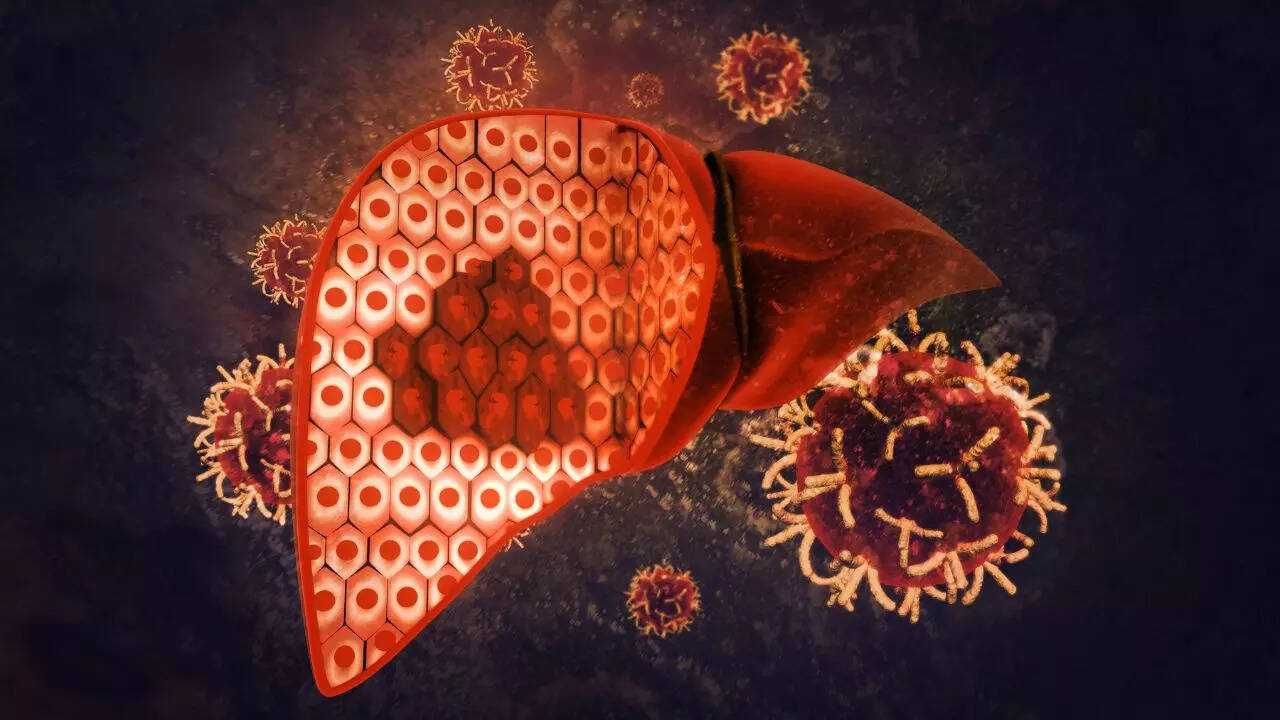The U.S. Centers for Disease Control and Prevention has issued a travel health notice for China after a spike in chikungunya infections, a mosquito-borne illness that can cause debilitating joint pain and fever.
What’s happening?
Since the first reported infection in early July, China has documented more than 8,000 cases of chikungunya, with Guangdong province at the center of the outbreak, per The Washington Post. The CDC said it was assessing the outbreak’s size and impact, noting that travel health notices alert people to risks and advise on prevention measures, according to Bloomberg.
Now, the CDC has issued a Level 2 alert, meaning travelers should “practice enhanced precautions.”
Chikungunya, spread by Aedes mosquitoes, often causes a fever that comes on suddenly and severe joint pain, particularly in the hands and feet. The CDC warns that older adults are especially vulnerable, and recent safety reviews have paused use of the live-virus chikungunya vaccine in people over 60. With European regulators also reassessing its use, prevention hinges on bite protection — a challenge in densely populated, humid areas such as Guangdong.
Why is this chikungunya outbreak important?
While outbreaks typically happen in tropical and subtropical regions, warmer global conditions are expanding mosquitoes’ range. The World Health Organization issued a warning in July after similar outbreaks in Indian Ocean islands showed signs of escalating into an epidemic.
This outbreak is yet another example of how rising global temperatures are helping to spread vector-borne diseases, especially as international travel moves them quickly across borders. Aedes mosquitoes can also carry dengue, Zika, and yellow fever — all illnesses that have reached record or near-record case counts in multiple regions over the past year.
What’s being done about it?
While China doesn’t have access to the two chikungunya vaccines that have been approved in the United States, its government has said it’s employing preventative measures such as quarantining, spraying mosquito repellent with drones, and releasing fish into ponds to eat mosquito larvae, according to the Post.
The CDC’s Level 2 advisory has been extended to nine countries with chikungunya outbreaks. Some ways people can protect themselves include wearing long sleeves and pants, using insect repellent, and staying in places with screened or air-conditioned rooms.
This is a reminder that protecting public health will increasingly require quick outbreak responses as the planet continues to warm. In the long run, curbing heat-trapping pollution is the most important part of preventing these diseases from spreading more easily. You can use your voice to raise awareness and push for more solutions to global health threats.
Join our free newsletter for weekly updates on the latest innovations improving our lives and shaping our future, and don’t miss this cool list of easy ways to help yourself while helping the planet.
Source link


